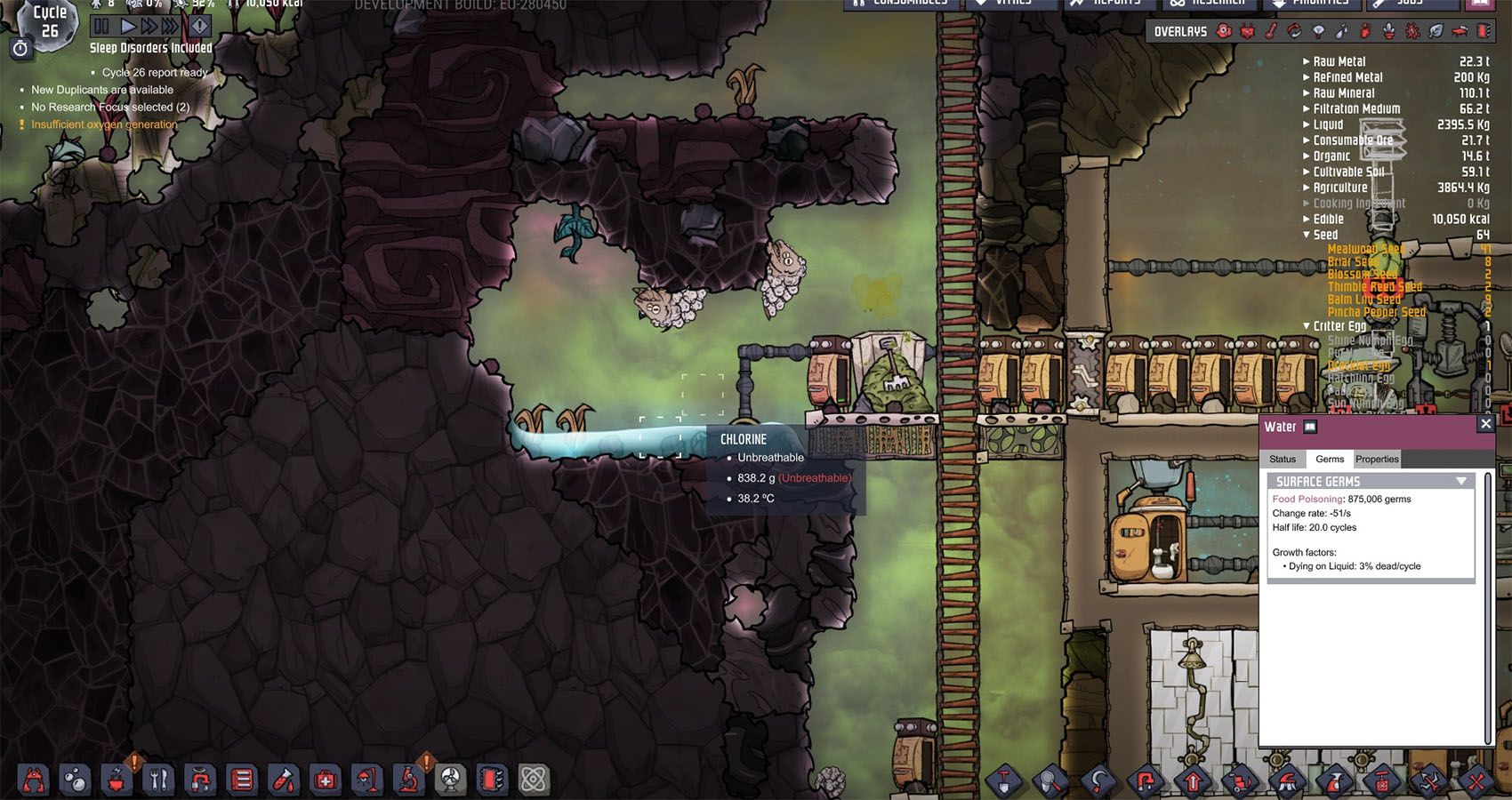

The microwaves produced by a “home-type” microwave oven (2.45 GHz) completely inactivate bacterial cultures, mycobacteria, viruses, and G. The initial reports showed microwaves to be an effective microbicide. The intermolecular friction derived from the vibrations generates heat and some authors believe that the effect of microwaves depends on the heat produced while others postulate a nonthermal lethal effect 932-934. The microwaves produce friction of water molecules in an alternating electrical field. Microwaves are radio-frequency waves, which are usually used at a frequency of 2450 MHz. However, microwaves must only be used with products that are compatible (e.g., do not melt) 931. Microwaves are used in medicine for disinfection of soft contact lenses, dental instruments, dentures, milk, and urinary catheters for intermittent self-catheterization 925-931. Several published studies compare the sporicidal effect of liquid chemical germicides against spores of Bacillus and Clostridium 78, 659, 660, 715. Therefore, due to the inherent limitations of using liquid chemical sterilants, their use should be restricted to reprocessing critical devices that are heat-sensitive and incompatible with other sterilization methods. Furthermore, devices may require rinsing following exposure to the liquid chemical sterilant with water that typically is not sterile. Devices cannot be wrapped or adequately contained during processing in a liquid chemical sterilant to maintain sterility following processing and during storage. Another limitation to sterilization of devices with liquid chemical germicides is the post-processing environment of the device. In addition, the viscosity of some liquid chemical sterilants impedes their access to organisms in the narrow lumens and mated surfaces of devices 922. Heat can penetrate barriers, such as biofilm, tissue, and blood, to attain organism kill, whereas liquids cannot adequately penetrate these barriers. One of the differences between thermal and liquid chemical processes for sterilization of devices is the accessibility of microorganisms to the sterilant. Therefore, sterilization with a liquid chemical sterilant may not convey the same sterility assurance as other sterilization methods. In addition, the design of the AOAC Sporicidal Test does not provide quantification of the microbial challenge. The data indicate that the survival curves for liquid chemical sterilants may not exhibit log-linear kinetics and the shape of the survivor curve may vary depending of the formulation, chemical nature and stability of the liquid chemical sterilant. The information that is available in the literature suggests that sterilization processes based on liquid chemical sterilants, in general, may not convey the same sterility assurance level as sterilization achieved using thermal or physical methods 823. The survival kinetics for thermal sterilization methods, such as steam and dry heat, have been studied and characterized extensively, whereas the kinetics for sterilization with liquid sterilants are less well understood 921. Generally, chemical liquid sterilants cannot be monitored using a biological indicator to verify sterility 899, 900. These solutions are commonly used as high-level disinfectants when a shorter processing time is required. However, except for a few of the products, the contact time is based only on the conditions to pass the AOAC Sporicidal Test as a sterilant and not on simulated use testing with devices. The indicated contact times range from 3 hours to 12 hours. Several FDA-cleared liquid chemical sterilants include indications for sterilization of medical devices (Tables 4 and 5) 69. The primary lethal process is considered to be oxidation of cell constituents. atrophaeus spores should be used to monitor the sterilization process for dry heat because they are more resistant to dry heat than are G. The most common time-temperature relationships for sterilization with hot air sterilizers are 170☌ (340☏) for 60 minutes, 160☌ (320☏) for 120 minutes, and 150☌ (300☏) for 150 minutes. In addition, the high temperatures are not suitable for most materials 919.

The disadvantages for dry heat are the slow rate of heat penetration and microbial killing makes this a time-consuming method.
OXYGEN NOT INCLUDED DISINFECT WATER INSTALL
The advantages for dry heat include the following: it is nontoxic and does not harm the environment a dry heat cabinet is easy to install and has relatively low operating costs it penetrates materials and it is noncorrosive for metal and sharp instruments.

This method should be used only for materials that might be damaged by moist heat or that are impenetrable to moist heat (e.g., powders, petroleum products, sharp instruments).


 0 kommentar(er)
0 kommentar(er)
